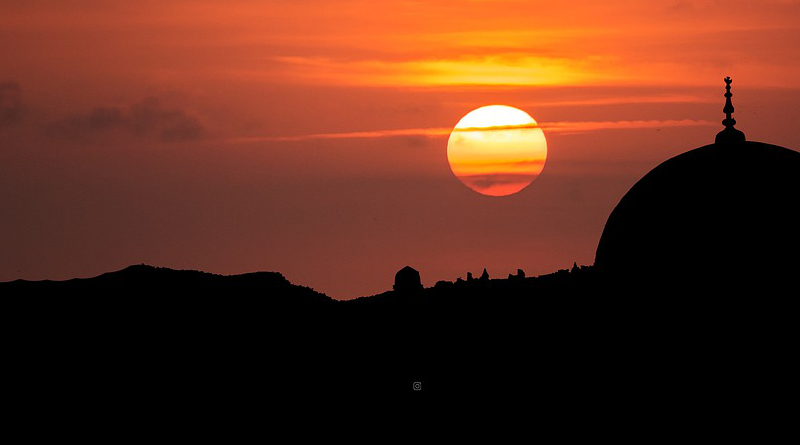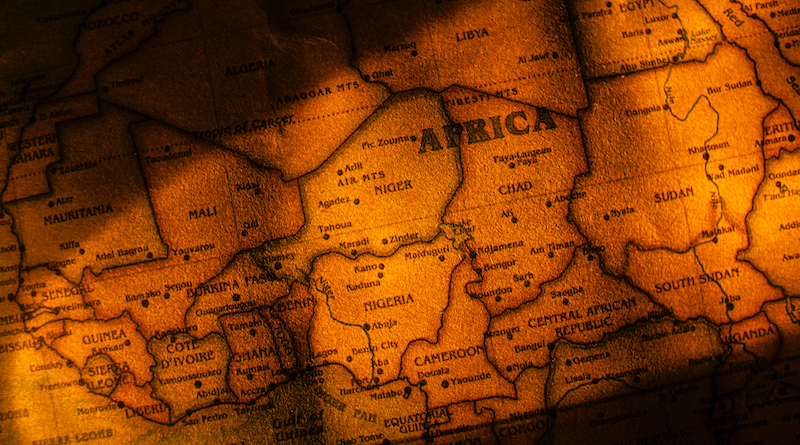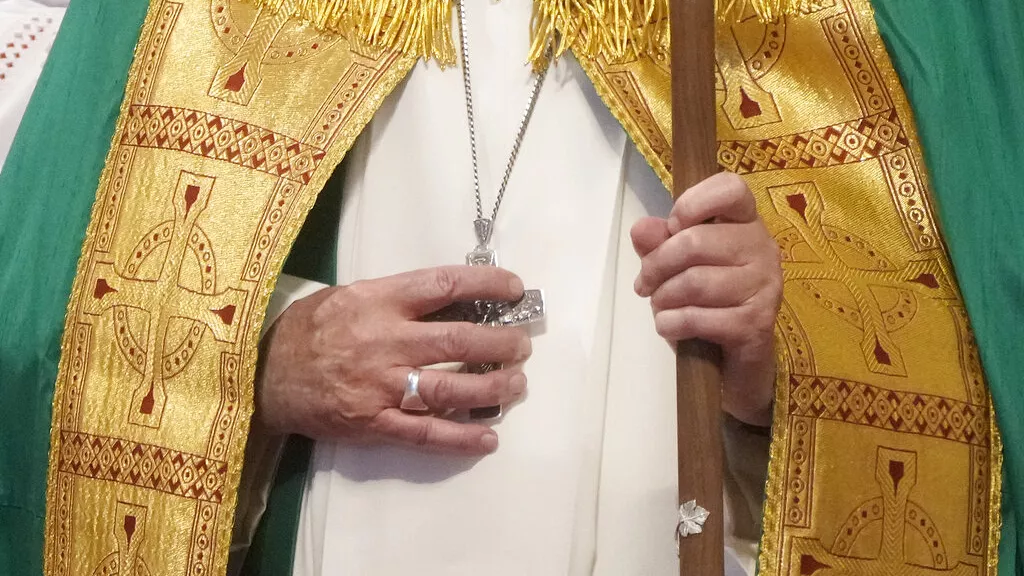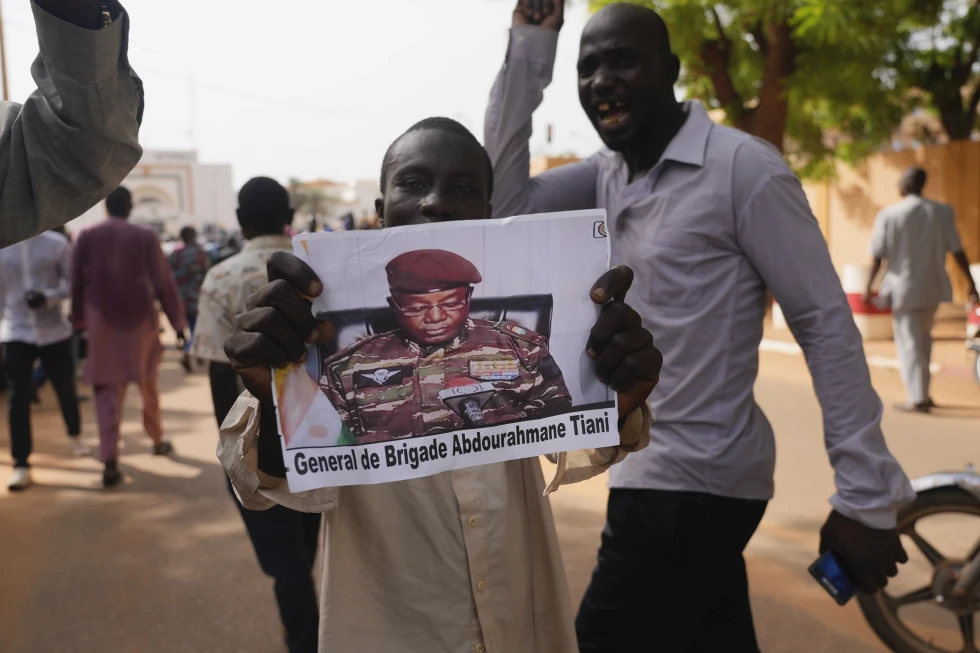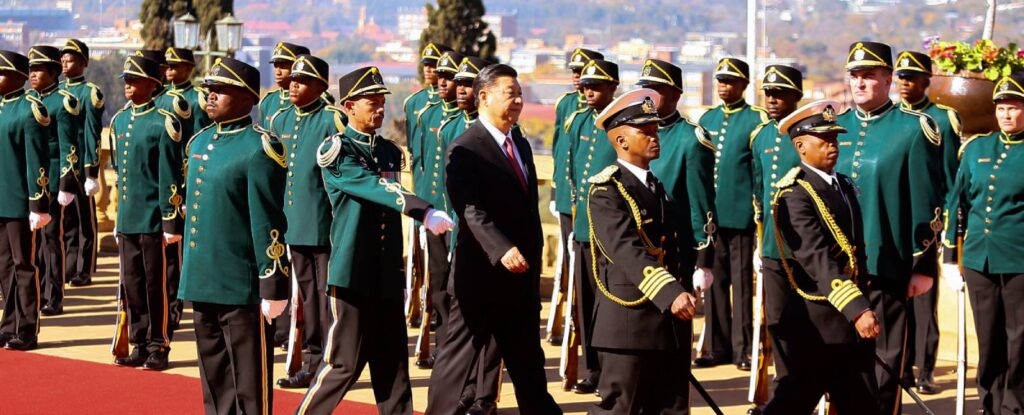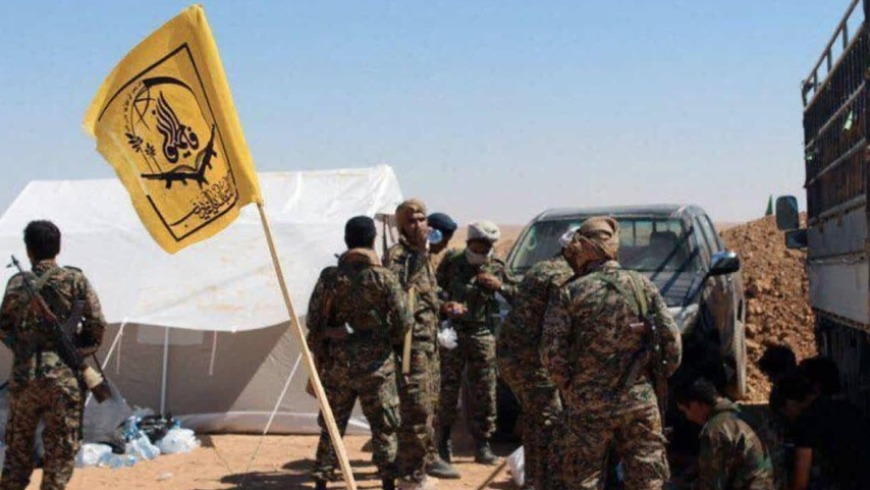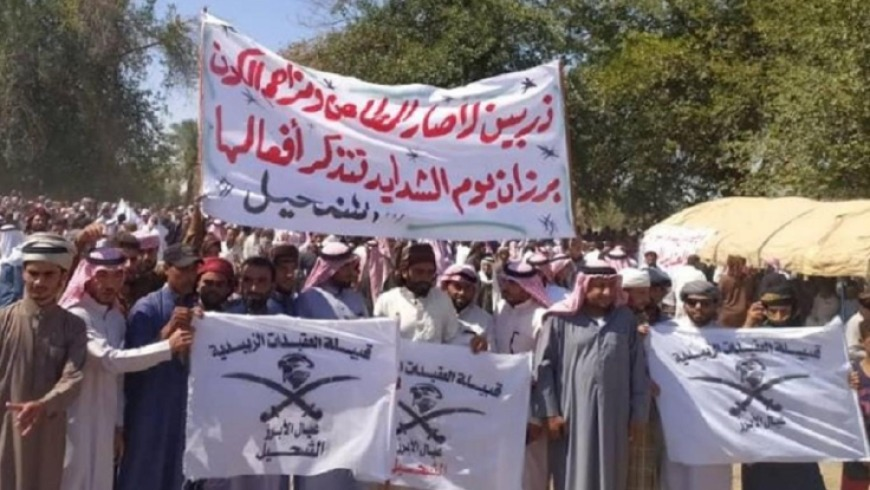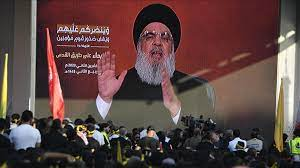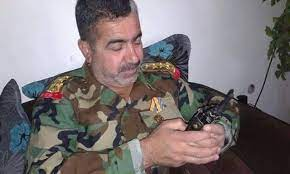Iran Update, October 6, 2023
Key Takeaways
Turkey has conducted a series of airstrikes in northern Syria against the Syrian Democratic Forces (SDF)—the United States’ sole security partner in the country—since October 5. These attacks are placing significant pressure on the SDF, which, in turn, puts at risk the US mission to defeat ISIS.
Iran has demanded that the Iraqi central government extradite members of Iranian Kurdish opposition groups to Iran, according to independent Iraqi outlet Al Mada. Such a demand would appear to violate international law.

